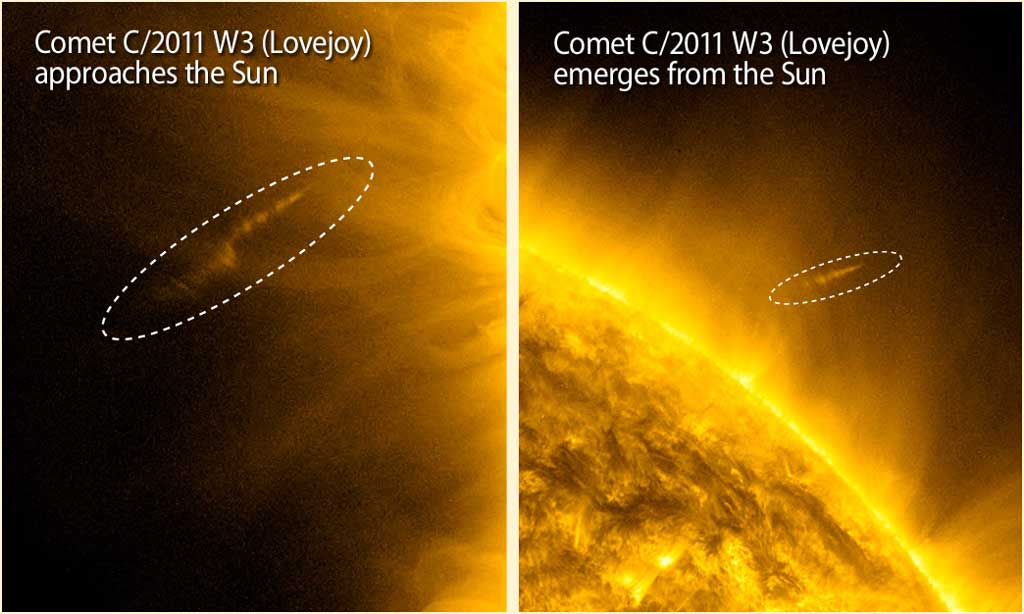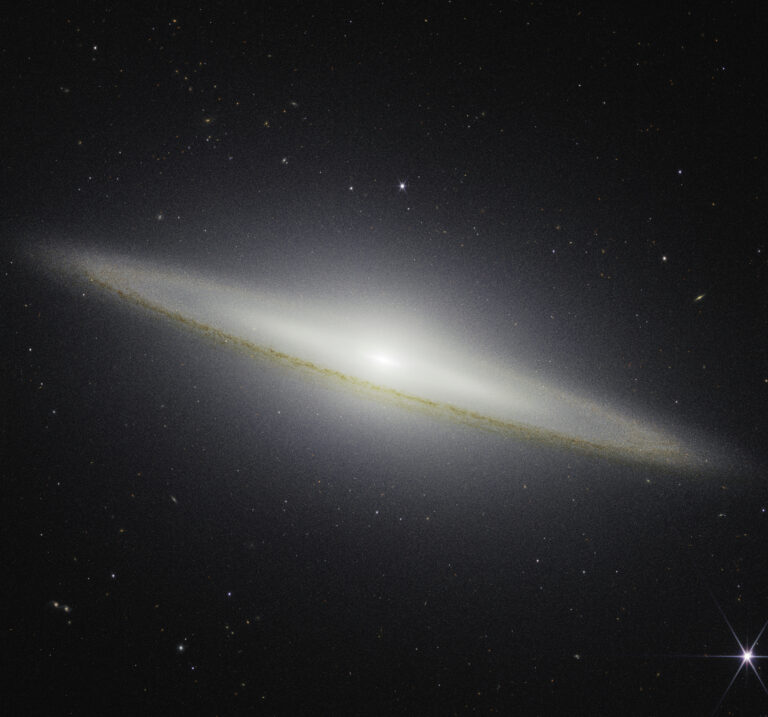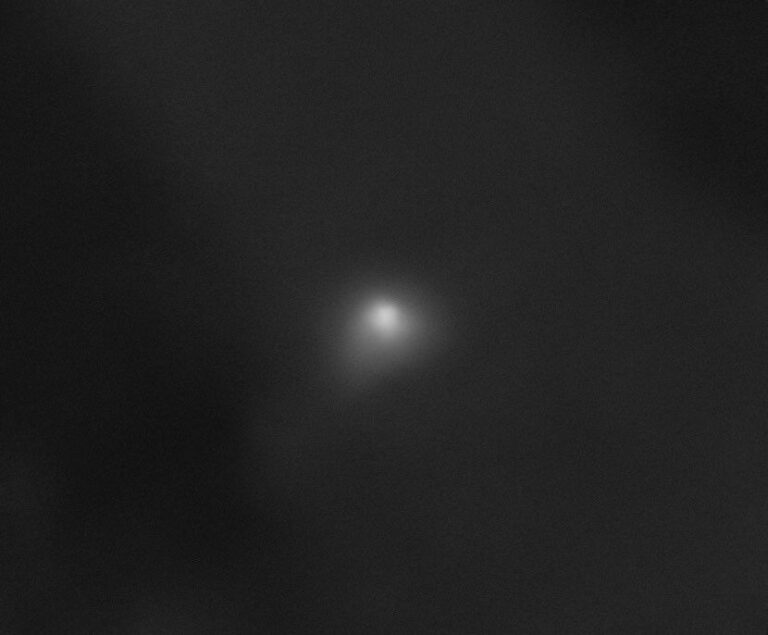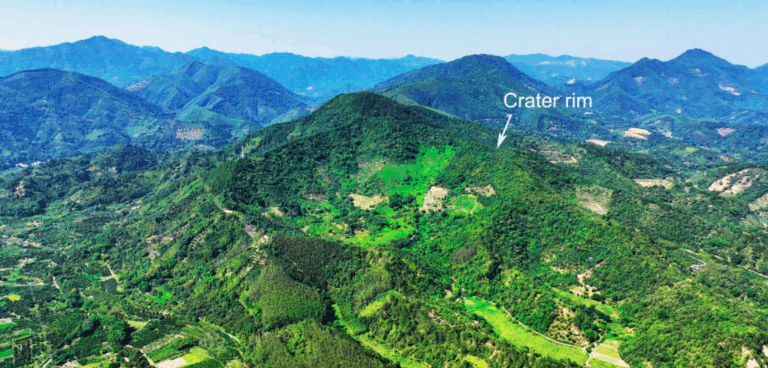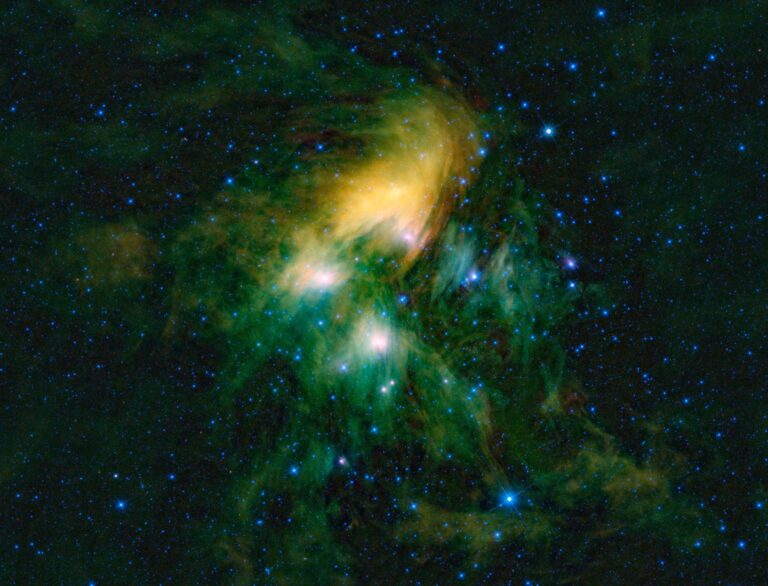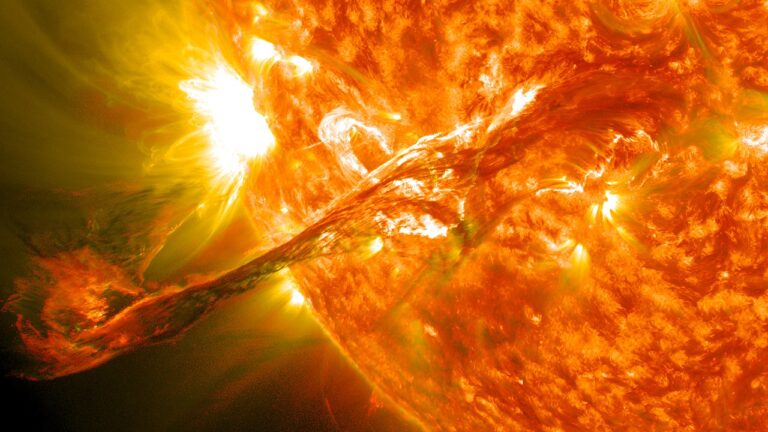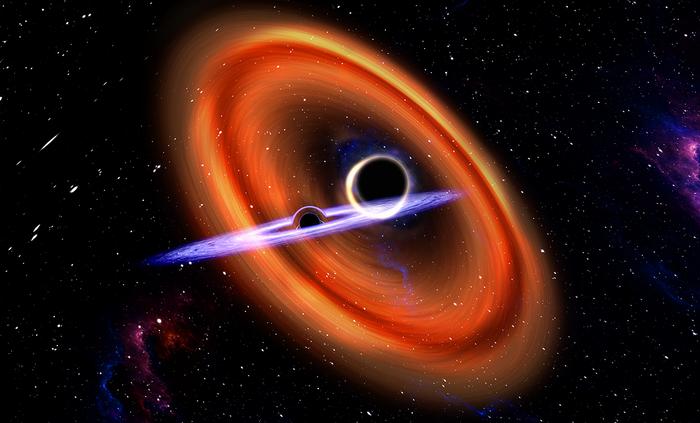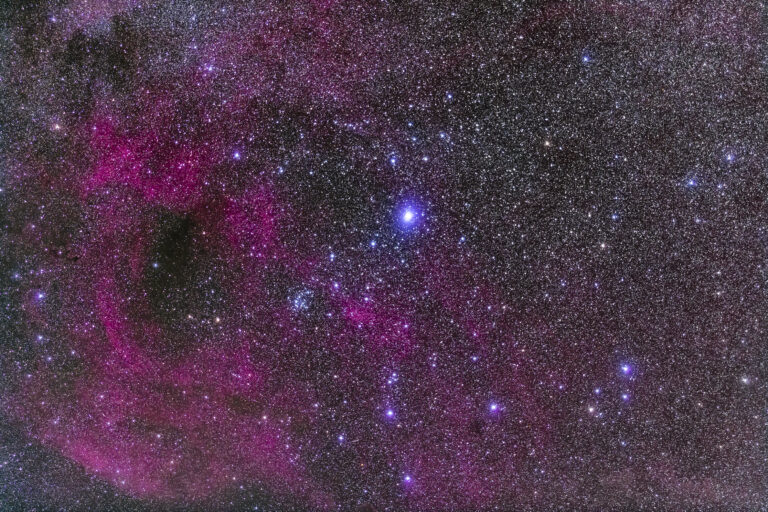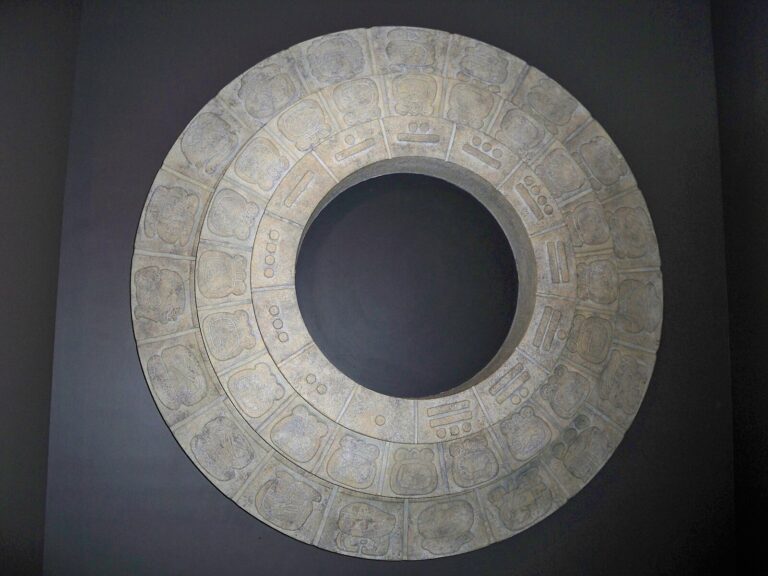Key Takeaways:
- Comet C/2011 W3 (Lovejoy) experienced a close solar approach in December 2011, passing within 140,000 kilometers of the Sun's surface.
- A solar impact by a comet or asteroid would result in an explosion, potentially generating a fireball, X-ray or ultraviolet emission, and photospheric ripples, detectable by solar observatories.
- The likelihood of such an impact is low due to the Sun's intense heat and dense atmosphere causing significant ablation and mass loss to approaching objects.
- Any object on a collision course with the Sun would likely have undergone orbital alterations through interactions with other celestial bodies, or originate from an extra-solar system.
Any of these impacts, however, is unlikely. For a comet or asteroid to reach the photosphere, it must first traverse the Sun’s increasingly hot and dense atmosphere. The extremely high temperatures (thousands of degrees) so near our star would force components of a comet or asteroid to turn directly to gas. As the object penetrated farther into the solar atmosphere, denser gaseous material would ablate the rock. Thus, as a comet or asteroid approached the Sun, it would lose mass quickly and might not even survive long enough to hit the photosphere.
Finally, because everything in our solar system normally orbits the Sun without hitting it, any object from the solar system on a path to impact our star would have interacted with another body to change its orbit that much. Or, the impacting object could be a body ejected from another planetary system. — Matthew Knight, Lowell Observatory, Flagstaff, Arizona

